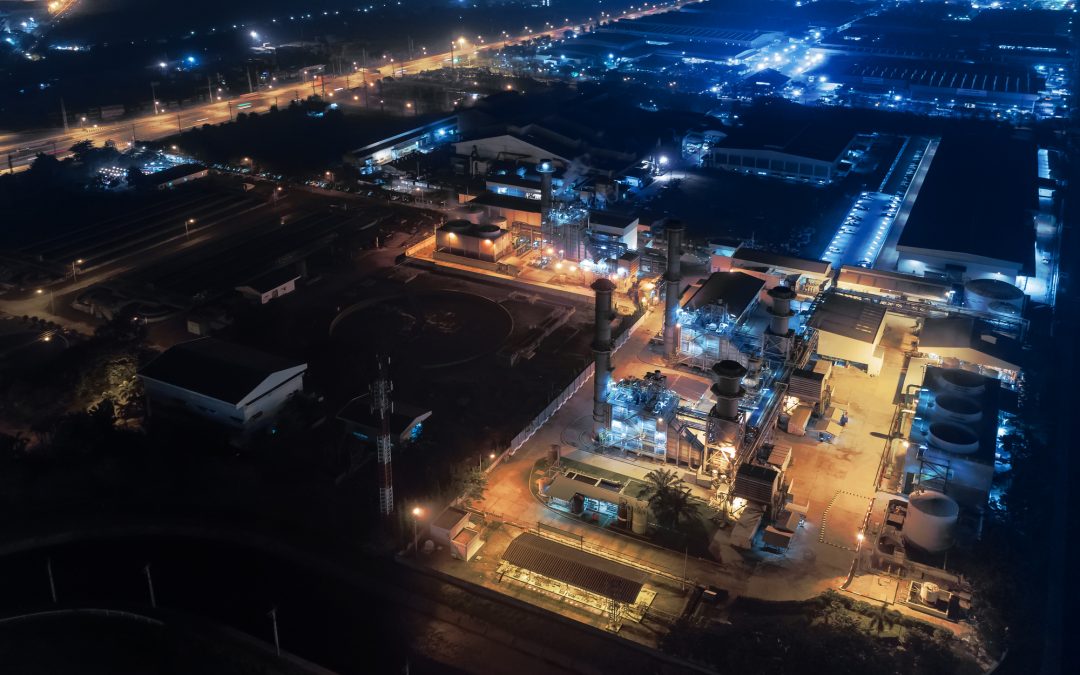The US electric power industry has experienced fundamental structural and market changes over the past 20 years. Coal, a once dominant generation source, has declined significantly with many coal plants being retired or re-powered. Natural gas generation grew substantially in recent years and was once thought to be the preferred generation technology of the future. Wind and solar renewable generation have exploded on the scene and have displaced natural gas generation during the more profitable daylight hours. State legislation has mandated goals, many very aggressive, for Renewable Portfolio Standards that require specific percentages of electric capacity or energy to be provided from renewable energy sources by specific dates thus ensuring continued growth in market share for renewable energy generators.
In addition to significant changes in the generation mix, the fundamental structure of the energy sector has changed dramatically with the deregulation of power generation in some parts of the country and the opening of the wholesale power markets for natural gas and electricity. Other parts of the country remain in the traditional regulated electric utility model. Generation ownership by private equity along with the evolution of sophisticated energy markets that provide market clearing mechanisms and payments for ancillary services have completely changed the landscape of the power industry.
Technological advancements in batteries and energy storage will continue to increase the renewable generation market share at the expense of existing fossil generators.
These fundamental industry changes have created significant profitability challenges for existing natural gas fueled combustion turbine combined cycle plants. Originally designed and developed as base load generation anticipated to operate at high capacity factors, many plants find themselves today operating in a manner not contemplated in the original design. With renewable generation energy displacing combine cycle plants during the on-peak daylight period, daily cycling and load following dispatch create significant stress for power generation equipment. The reduction in higher profitability on-peak energy sales has caused significant financial pressure and typically requires reductions in cost to maintain the financial viability of the company. The combination of increased equipment stress from the new dispatch profile along with reductions in maintenance spending due to the reduced energy margins results in reduced equipment reliability and availability. This reduced availability and reliability further erodes the financial position of the company creating a “catch 22” scenario – reduced profitability drives maintenance cost reductions which in turn results in reduced profitability.
Many combined cycle combustion turbine plants have made changes to adapt to the new profitability and dispatch requirements. With the focus on the combustion turbine, technology is now available that allows lower load operation which provides the plant with the option of operating through the off-peak period in order to avoid a stop-start cycle and the resultant high major maintenance cost associated with cycling. Fast start capability reduces startup costs and allows faster access to energy market pricing spikes. Operator selected optimization of the combustion turbine operating mode allows for maximizing capacity during times of high energy margin or minimizing major maintenance expenses during times of weak energy margin. Real time combustion monitoring and tuning adjustments provide an expanded operating range while maintain emissions compliance and combustion stability.
While the primary focus has been on increasing the flexibility of the combustion turbine, optimum plant dispatch may be limited by other power plant equipment or auxiliary systems that may still be designed and tuned for a base load dispatch profile. One example is the emissions system which is typically designed for optimal performance at full load. Increased cycling, load following dispatch, equipment age, catalyst selection and depletion stage, ammonia injection grid design, reduced low load operation. The emissions system may be a bottleneck in maximizing the flexibility, operating range and performance of the combined cycle plant. The same technological approach that resulted in the combustion turbine operational enhancements can be applied to the emissions system to provide for increased emissions performance under the various dispatch scenarios required of today’s combined cycle plants.
While much progress has been made in increasing the flexibility and performance of the combustion turbines, maximum plant profitability can only be achieved with a comprehensive assessment of all plant systems.

Recent Comments